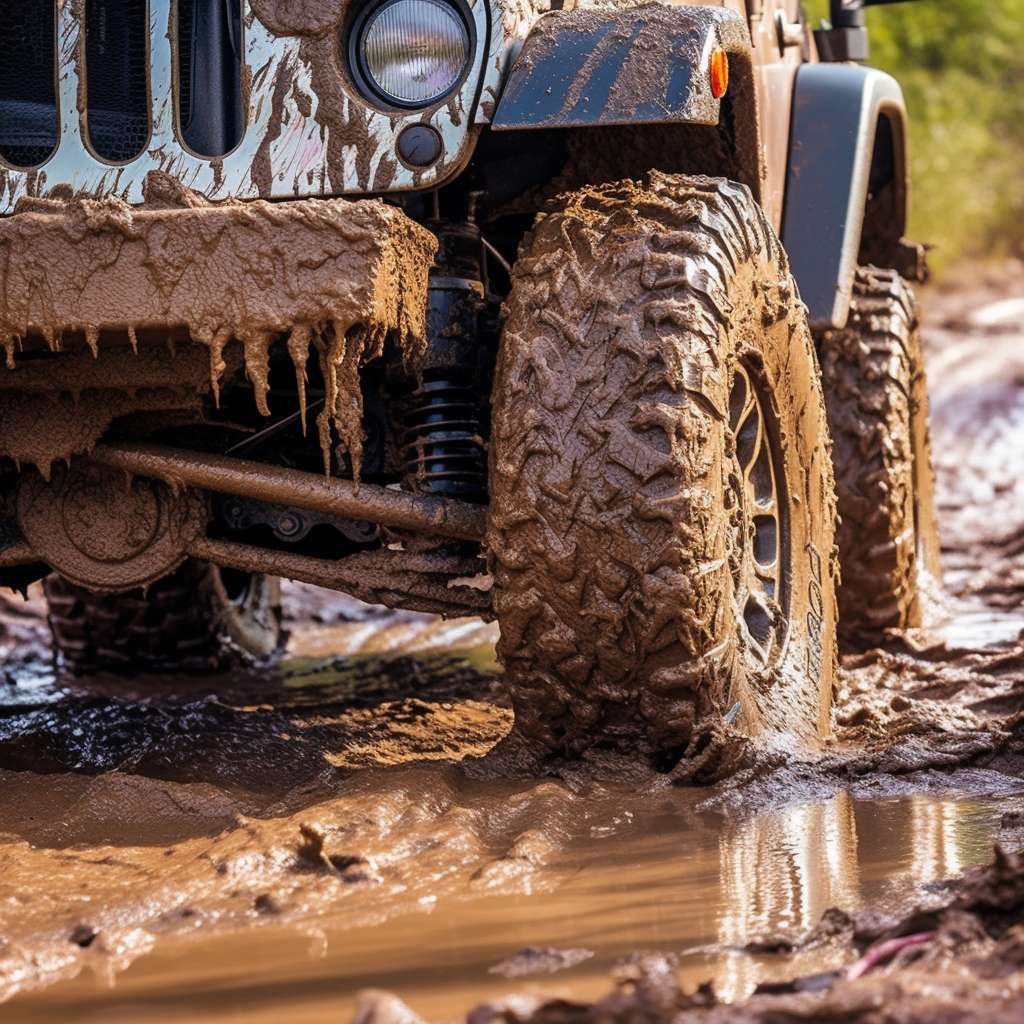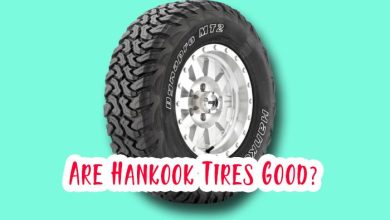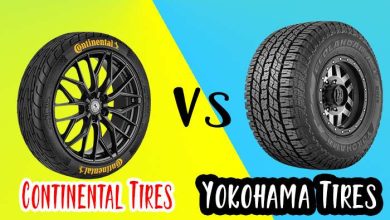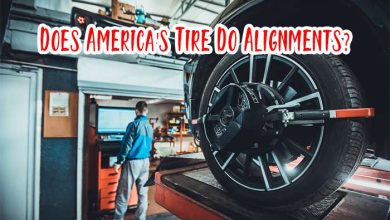Are Mud Tires Good in Snow? My Personal Experience
Picture this: a winter wonderland, snow-covered roads, and you’re contemplating whether your trusty mud tires are up for the snowy challenge.
As someone immersed in the tire and rim universe, I get it. The confusion is actual. Let’s dive into the characteristics of mud tires to decipher whether they are good in the snow.
Mud tires are not as good as snow tires in snow. Mud tires are designed for off-road use and have a tread pattern unsuitable for snow. On the other hand, snow tires have a tread pattern designed to grip snow and ice.
Characteristics of Mud Tires

Mud tires, the off-road champions, boast distinctive features that set them apart. The aggressive tread patterns are designed to tackle muddy, uneven terrains, providing optimal traction.
With deep, open grooves, these tires excel in gripping slippery surfaces, making them a go-to for challenging off-road conditions.
- Wide Gaps between Treads: Facilitates the expulsion of mud, maintaining tire grip.
- Reinforced Sidewalls: Enhances durability in rugged terrains.
Now, the million-dollar question: are these mud tires up to the task when the snow blankets the roads?
Also Read: Are All Season Tires Good In Snow?
Are Mud Tires Good in Snow?
Mud tires are not ideal for snow. They are designed for off-road use in mud, dirt, and rocks. The tread pattern on mud tires is very aggressive, with large spaces between the lugs. This is great for gripping loose surfaces but makes for poor traction on snow and ice.
Additionally, mud tires are made from a more complex rubber compound than snow tires. This makes them less flexible in cold weather, reducing their traction in snow.

On the other hand, snow tires are designed specifically for winter driving conditions. They have a softer rubber compound that stays flexible in cold weather and a tread pattern with many small sipes. These sipes help to grip the snow and ice, providing much better traction than mud tires.
If you live in an area with heavy snowfall, investing in a set of snow tires for the winter months is a good idea. Mud tires will not provide the same level of traction or safety in snow and ice.
Mud Tires vs. Snow
| Aspect | Mud Tires | Snow |
|---|---|---|
| Tread Pattern | Aggressive, open grooves | Varied, may include siping |
| Performance in Mud | Excellent | Good |
| Performance in Snow | Good, with limitations | Excellent with proper conditions |
| Ice Traction | Limited | Depends on tire type and design |
Mud tires might not be tailor-made for snow, but they hold their ground surprisingly well. Now, let’s unravel the advantages and limitations when these tires meet the winter wonderland.
Advantages of Using Mud Tires in Snow
- Traction on Snowy Roads: Mud tires, with their deep treads, provide commendable traction on snow-covered surfaces. They bite into the snow, offering stability and control.
- Versatility: Mud tires are versatile, seamlessly transitioning from mud to snow. This adaptability makes them a practical choice for those facing unpredictable weather conditions.
- Durability: The reinforced sidewalls protect against punctures and contribute to the tire’s durability in cold and challenging environments.
Limitations and Considerations
- Ice Traction: Mud tires may struggle on icy roads. While they perform well in snow, it’s essential to exercise caution on icy surfaces.
- Road Noise: The aggressive tread pattern that excels off-road can increase road noise on regular, paved surfaces. Consider this factor if your winter driving involves a mix of terrains.
- Siping Matters: Some mud tires come with additional siping (small slits in the tread blocks), enhancing their grip on snow and ice. Checking for siping can be a game-changer for winter performance.
Real-world Experiences
Mud tires are generally not good in snow. They are designed for off-road conditions and have a tread pattern unsuited for snowy surfaces. The large tread blocks and wide gaps between the lugs can reduce traction in snow and ice.
Also, mud tires are typically made from a harder rubber compound that is not flexible in cold temperatures, further reducing their grip.
Read Also: All Season VS Mud And Snow Tires
Here are some real-world experiences with mud tires in snow:
“I thought my mud tires would be fine in the snow, but I was wrong. I slid all over the road and almost got into an accident.”
“Mud tires are terrible in snow. They make your truck handle like a boat on ice. I’ll never use them again in the winter.”
“I had to drive my truck with mud tires through a blizzard once. It was the most terrifying experience of my life. I was sliding all over the road, and I couldn’t stop. I was lucky to make it home without getting into an accident.”
Factors to Consider When Choosing Tires for Snowy Conditions
- Tire Size: Opt for the recommended tire size for your vehicle. The right size ensures proper weight distribution and traction.
- Tread Depth: Deeper treads provide better grip in snow. Check the tread depth to ensure it meets winter driving standards.
- Type of Snow: Consider the type of snow prevalent in your region. Wet, heavy snow may demand different tire characteristics than dry, powdery snow.
Conclusion
In the grand scheme of tires and winter escapades, mud tires hold their own in the snow. While not tailor-made for icy conditions, their adaptability and commendable performance in snow make them a viable option for winter warriors. As you embark on your snowy journeys, share your experiences, and let the tire tales unfold!
Do you have a tire story to share or a winter project that puts your mud tires to the test? Drop it in the comments below! Let’s build a community of tire enthusiasts sharing their triumphs and trials.
Reference Link
https://www.tirebuyer.com/education/how-do-mud-tires-work
Glossary
- Siping: Small slits in the tread blocks of tires, enhancing traction on slippery surfaces like snow and ice.




